Sealants:
Silicone-based or acrylic sealants are commonly used to create a protective barrier on the surface of masonry. These sealants fill in the pores of the masonry, reducing water absorption and preventing moisture from entering the structure whilst allowing the natural sweating of moisture, preventing damp build-up. They can be applied to both vertical and horizontal surfaces such as brick walls, concrete, or stone.
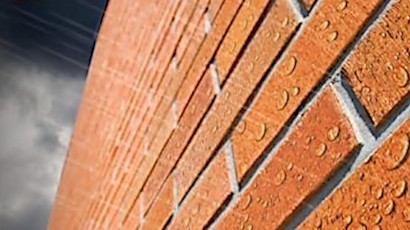
• Zoom In •
Zoom ProjectWaterproofing Coatings:
Waterproofing coatings are designed specifically to provide a protective layer on masonry surfaces. These coatings are typically applied as a liquid and form a durable, waterproof membrane when cured. They can be elastomeric (flexible), which allows them to expand and contract with the masonry, or penetrating, which penetrate the masonry to create a water-repellent barrier without altering the appearance of the surface.
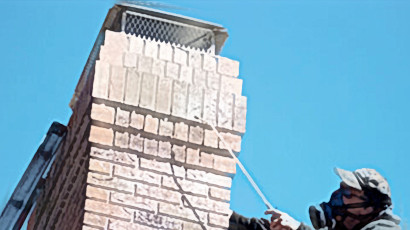
• Zoom In •
Zoom ProjectDamp-Proofing:
Damp-proofing is a method used to prevent moisture transmission from the ground up through the masonry by injecting a moisture-resistant 'liquid DPC' material into the above ground course of masonry, both in ternal and external skins are treated when a failure in original DPS is identified.
Not to be confused with below-grade, such as in basements or foundation walls, which is commonly known as 'tanking'.
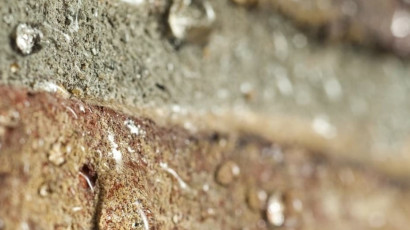
• Zoom In •
Zoom ProjectFlashing:
Flashing is an important component in waterproofing masonry structures, particularly at vulnerable areas like chimneys, rooflines, above lintels, windows, and doors. It involves installing a metal or synthetic membrane that diverts water away from the masonry and prevent it from seeping into the structure. Occasionaly referred to as 'skirting' in masonry terms.
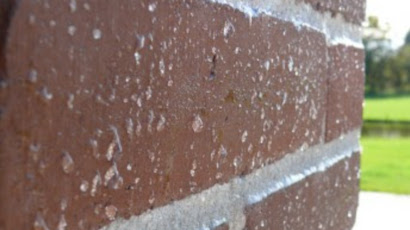
• Zoom In •
Zoom ProjectDrainage Systems:
Rainwater goods are used to manage water around masonry structures. This can include installing & maintaining gutters and downspouts to divert rainwater away from the masonry or using French drains or drainage channels to redirect groundwater. Proper drainage helps reduce the amount of water that comes into contact with the masonry, minimizing the risk of moisture damage.

• Zoom In •
Zoom ProjectRepointing and Repair:
Regular maintenance and repair of masonry joints, known as repointing, help maintain the integrity of the structure. Damaged mortar joints can allow water to penetrate the masonry, leading to deterioration. By repairing and replacing damaged mortar, the masonry can be protected from water infiltration.
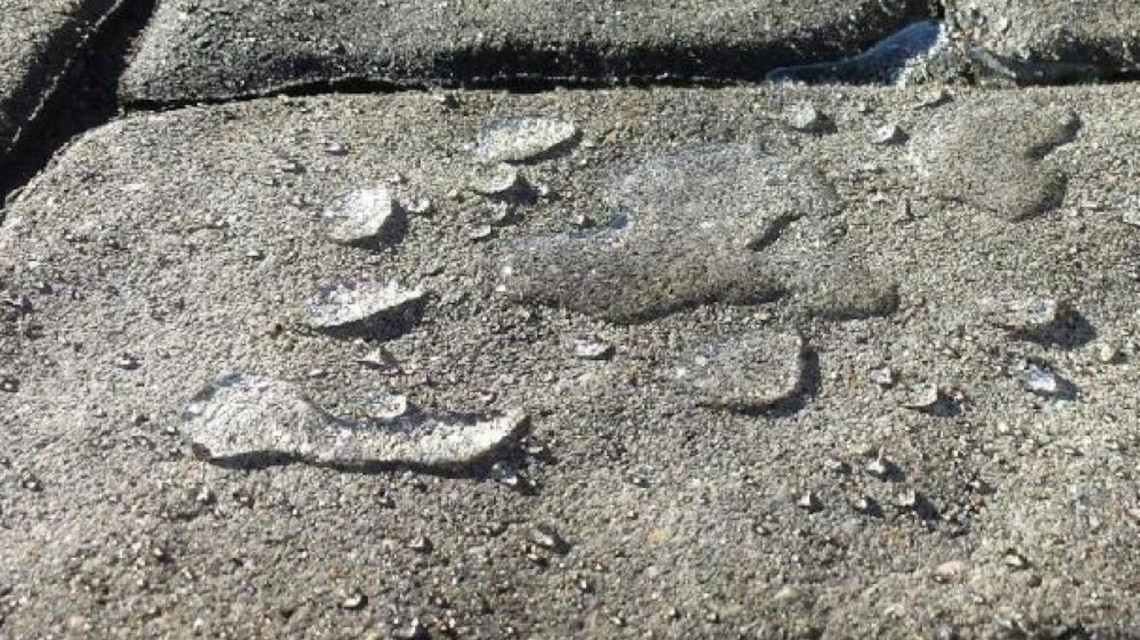
• Zoom In •
Zoom Project• CONSIDERATIONS
It's important to note that the specific method or product used for masonry waterproofing and protection may vary depending on the type of masonry, its condition, and the specific requirements of the project. Consulting with a professional mason or waterproofing expert is recommended to assess the needs of your specific masonry structure and determine the most appropriate waterproofing and protection measures. We provide a full inhouse water tightening solution for nearly any type of structure.
